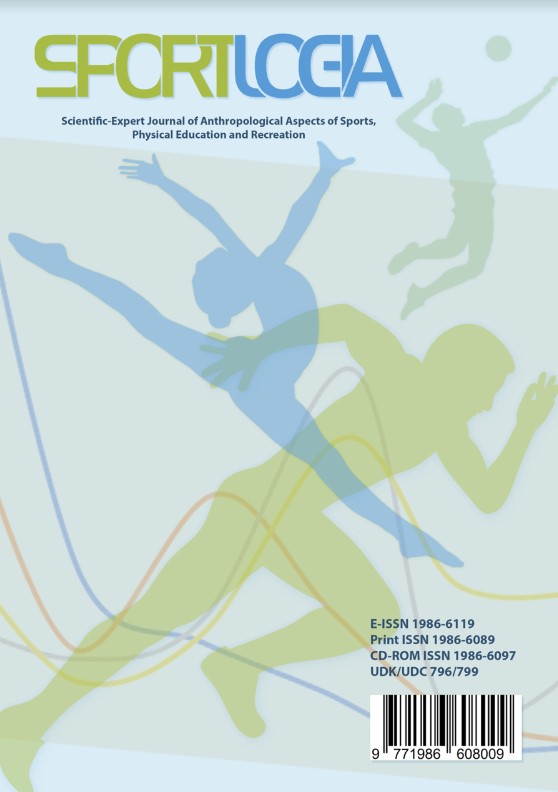Relationships between Relative Strength, Power, and Speed among NCAA Division II Men's Lacrosse Athletes
DOI:
https://doi.org/10.7251/SGIA2420018QAbstract
Lacrosse players are required to perform multiple sprints and changes of direction over the course of a game. These skills are reliant on the ability to rapidly produce lower-body force to be successful. Currently, little research examining the relationship between specific performance indicators and relative strength within this population exists. The purpose of this study was to investigate relationships between measures of lower-body strength and power to sprinting and change of direction speed (CODS) among male lacrosse players. Archived data for (n= 18) NCAA Division II male lacrosse athletes were used for this analysis. Lower-body strength was assessed using a one-repetition maximum back squat. Power was assessed using a countermovement jump (CMJ), squat jump (SJ), and standing long jump (SLJ). Sprint speed at 10 and 30 yds (i.e., 9.14 and 27.43 m) and CODS (i.e., T-Test (TT) and modified T-Test (MTT) were also assessed. Pearson’s correlation was used to determine relationships between lower-body strength and power to sprint speed and CODS. Significant relationships (r = -0.51 - -0.64, p ≤ 0.05) were discovered between all measures of power and CODS, as well as SLJ and sprint speed (r = -0.51; p = 0.05 and -0.67; p ≤-0.01, respectively). No significant relationships between relative strength and any measures of sprint speed or CODS were discovered. Although relative strength was not directly related to sprint speed or CODS performance, it may indirectly affect these measures based on its relationship to power, and power’s relationship to sprint and CODS performance.
